- 6 Posts
- 24 Comments
There are 4 bay units that would fit on a 10” inch shelf. I’ve seen some DIY projects too.
Using SFF/mini PCs is also popular, there are models that can take multiple SATA/NVMe drives
There are few if any 10” UPS units available anyway so weight is less of a worry. It’s one of the biggest weaknesses of the 10” system currently.

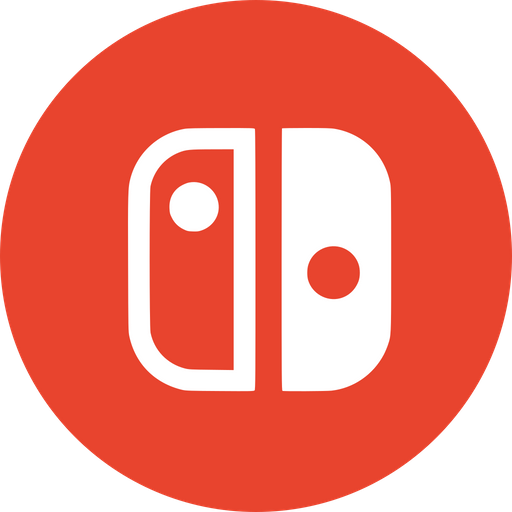 8·4 months ago
8·4 months agoIt looks good but an open world also doesn’t feel like Mario Kart to me.
Although at £75 I probably don’t need to worry anyway, that’s a stretch too far.

 86·4 months ago
86·4 months agoPhysical game cards may also not actually contain the game:
Nintendo Switch 2 Game-Key Card Overview
Game-key cards are different from regular game cards, because they don’t contain the full game data. Instead, the game-key card is your “key” to downloading the full game to your system via the internet.
So you pay a premium and maybe don’t even get a “real” cartridge.
Power costs vary a lot around the world, depending on where OP lives every little saving can help.

 2·9 months ago
2·9 months agoThat’s a gross assumption that people care about any of this.
For any form of federated community to be sustainable, its users have to care about that. Otherwise those communities will eventually be consumed by whichever instance gains the critical mass to close itself off and become another Twitter or Reddit.
To achieve the benefits of federation, users must be educated on principles of federation, not be obfuscated from them. The question is how the Fediverse can do that.
I have an X220 with an i5-2520M, I don’t use it for gaming but I have briefly played Half-Life 2 with it and it was comfortably playable.
So I would say mid-2000s titles and before will be fine. It really depends on the age the Thinkpad you want is, and the age of the games you want to play.
Seems a pointless endeavour. The open and enterprise sides are so deeply linked, it makes sense that they share a brand.
Separating them only weakens the broader SUSE ecosystem.

 15·1 year ago
15·1 year agoSeems a hard sell to go subscription on such a niche platform. I wish anyone luck that could challenge the Apple/Android duopoly though.

 19·1 year ago
19·1 year agoAs an aside, can we get back into desktop cubes again? With all the upheaval in Windows land it’s the sort of eye candy that can win over new Linux users.

 6·1 year ago
6·1 year agoAny distro should be fairly stable and supported on an older Thinkpad.
I’m currently using Debian stable on my X220 and it’s rock solid.

 30·1 year ago
30·1 year agoUsing nano as a vim user is a lot less clunky than trying to use vim as a vim non-user though.
Or so I would imagine, all of the vim novices are still too busy trying to exit vim to share their experiences.

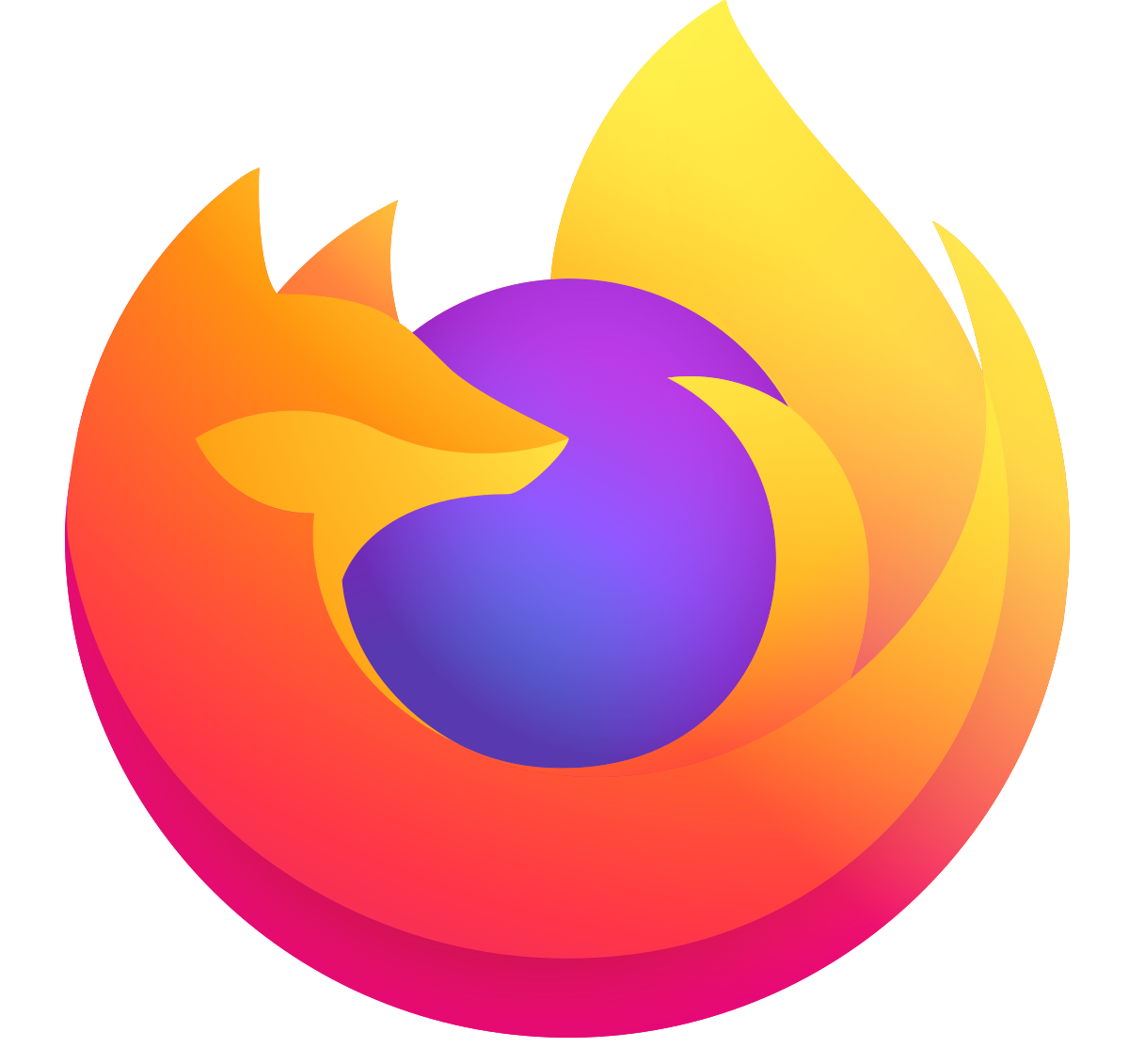 3·1 year ago
3·1 year agoModern websites are so complex and dynamic now it makes saving their state next to impossible.
For a while I’ve been longing for something similar, but for going forwards and backwards in a tab. There’s been too many times when I hit back to look at something I missed, only to find it was some dynamically loaded element that changes when the page is reopened.
What is with Linux projects and confusingly pronounceable names? Even the name “Linux” itself has a fair bit of spoken variation.
Then there’s Ubuntu, and GNOME with the hard G to name a few.

 4·1 year ago
4·1 year agoThe small phone debate is not just about the overall physical size, it’s also about how reachable UI elements are when using a phone with one hand.
For one handed operation, screen size does matter regardless of bezel size. The larger the screen becomes, the harder it is for the thumb to reach the top of the screen because the top gets ever further away from the thumb.

 2·1 year ago
2·1 year agoThere’s two main reasons to want a smaller phone. A smaller overall physical size so it fits better in a pocket, or a smaller screen so it’s more reachable when used with one hand.
I suppose the new flip foldable phones might satisfy the first but not the second.

 61·1 year ago
61·1 year agoIt seems crazy when a list of the 12 best “small” phones have an average screen size above 6 inches.
Phone Screen Size (in) Galaxy S24 6.2 Xiaomi 14 6.36 Google Pixel 8 6.2 Google Pixel 7a 6.1 Asus Zenfone 10 5.9 Motorola Edge 30 Neo 6.28 Apple iPhone 13 mini 5.4 Apple iPhone 15 6.1 Apple iPhone SE 3 4.7 Sony Xperia 5 V 6.1 Motorola Moto Razr 40 Ultra 6.9 Oppo Find N2 Flip 6.8 Samsung Galaxy Z Flip 5 6.7 Average 6.13 The iPhone 13 mini has also been discontinued, and the reviewer discourages the iPhone SE 3, describing it the “smartphone equivalent of herpes”. So that removes 2 of the smallest of the “small” phones which makes the situation even worse.

 6·1 year ago
6·1 year agoYou will struggle to find anything decent at that price new.
Plenty of good used options though, a used ThinkPad will have great Linux compatibility and be serviceable. They can be very cheap depending on how older hardware you can tolerate. There are other business grade laptops from Dell, HP etc that have good refurb deals too.

 3·1 year ago
3·1 year agoYeah, as someone who uses public transport having the noise nuisances get 600% louder really doesn’t sound too great.

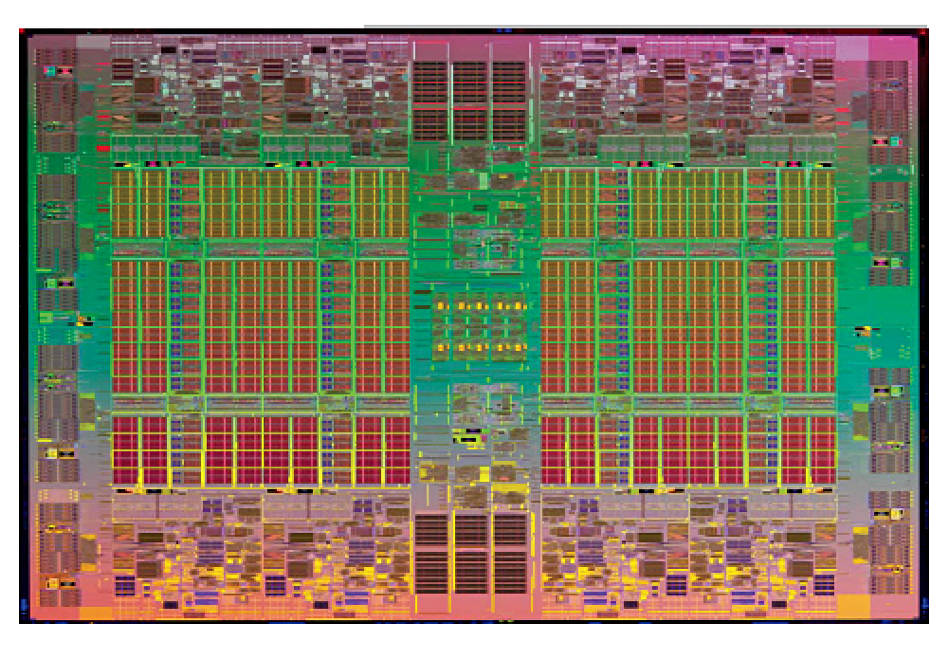


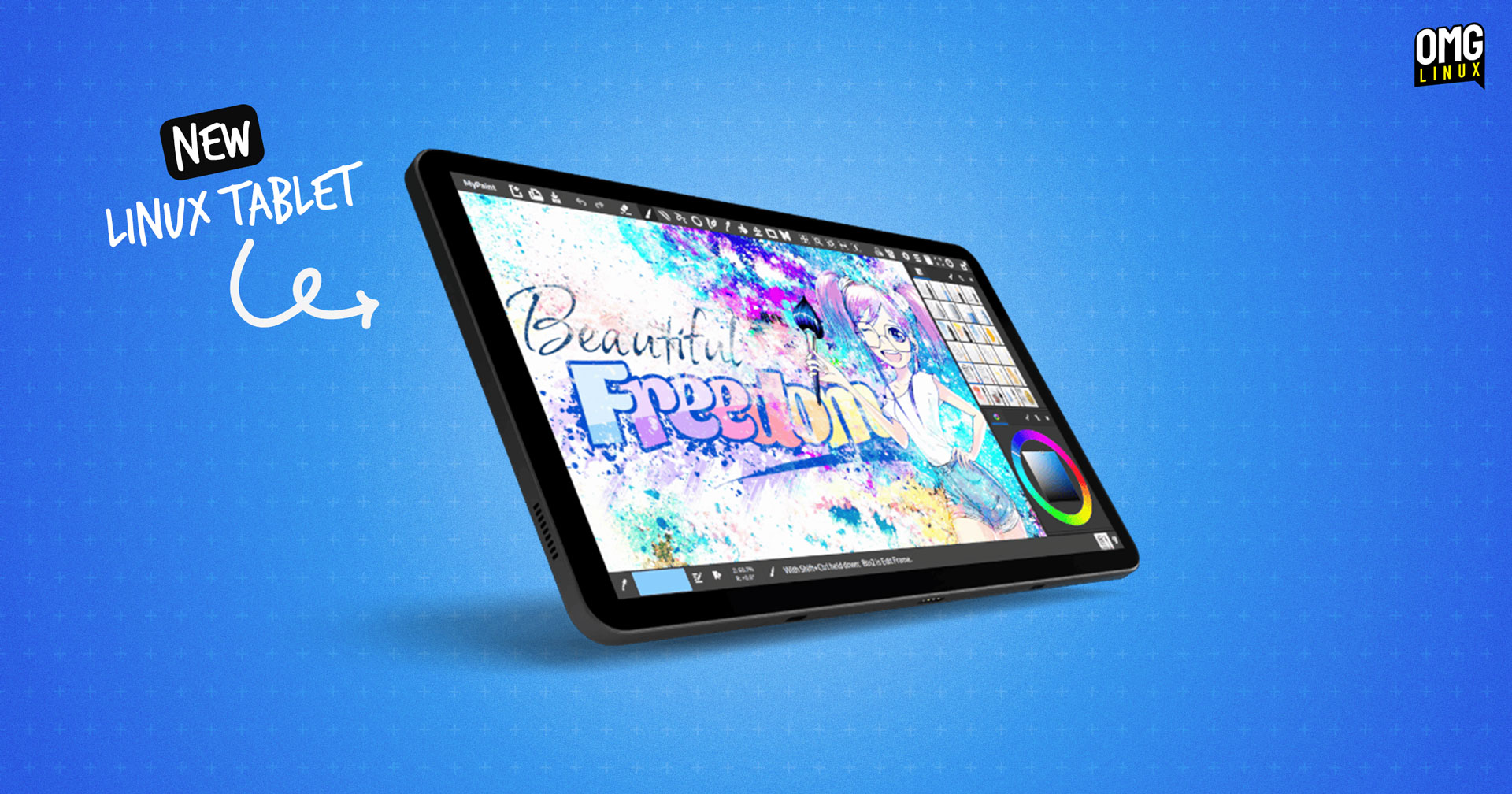
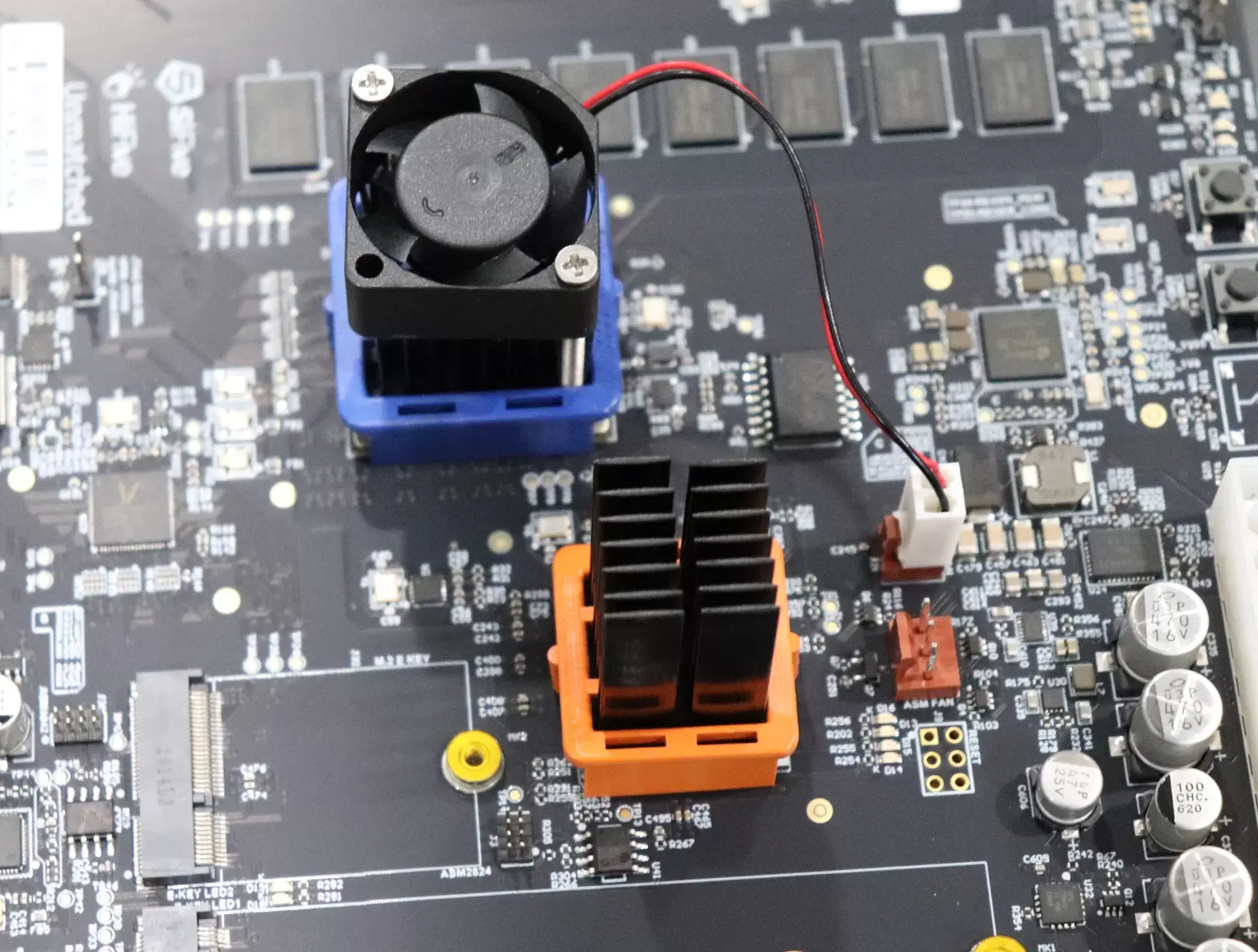
I would also recommend openSUSE Tumbleweed. I’m usually a Debian/Debian-based person but I’ve been running Tumbleweed on my desktop for a few years now and it’s been great.
It has a few peculiarities like any distro but it’s been very stable, with few issues even with things like Nvidia drivers. Docs and community seem good too.